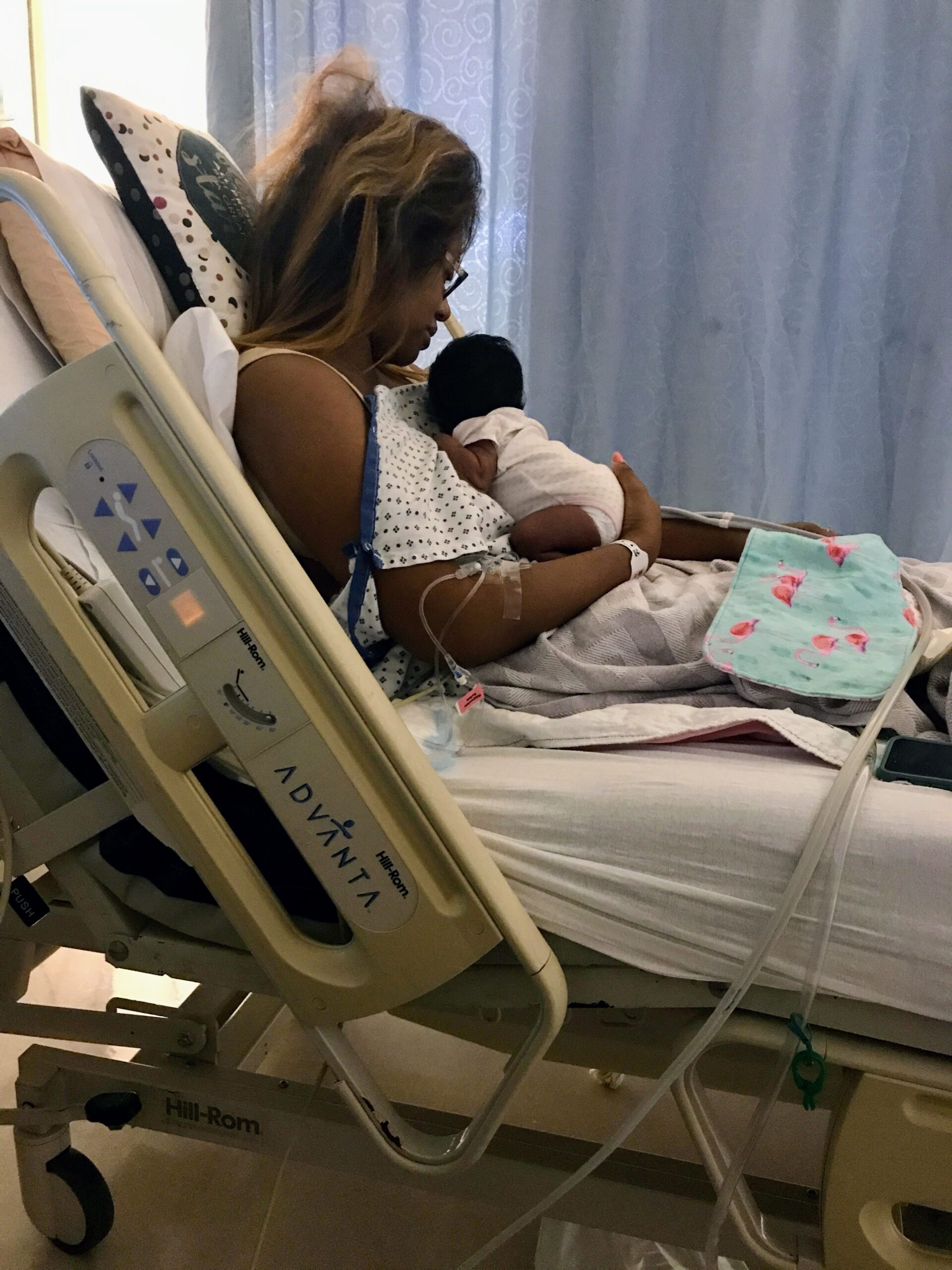
Still At RIsk: My Postpartum Preeclampsia Story
“You must go to the nearest hospital immediately!”
Although she spoke calmly, I could hear it in her voice—fear. I immediately alerted my husband, who put our newborn in her car seat. There was no way I was leaving my baby so soon when we were still getting into a breastfeeding groove. Sleep-deprived, sore, and slightly confused about what was happening, I kissed my other children—thank God my parents and sister were around to care for them!—and headed to the car. I was one week postpartum.
Talk about a new and surreal experience! During my first pregnancy in 2013, I experienced a few elevated blood pressures towards the end of my pregnancy. None of those readings warranted interventions that the midwives could not handle at the birthing center where I was receiving care. I remember taking a Stress Test, resulting in a glorious bed rest order that I joyfully gave my employer. My blood pressure readings remained within normal range for the remainder of my pregnancy, which resulted in the most beautiful and serene waterbirth of a healthy baby boy. My blood pressure readings were normal at my postpartum follow-up visits, and my midwife did not prescribe hypertensive medications.
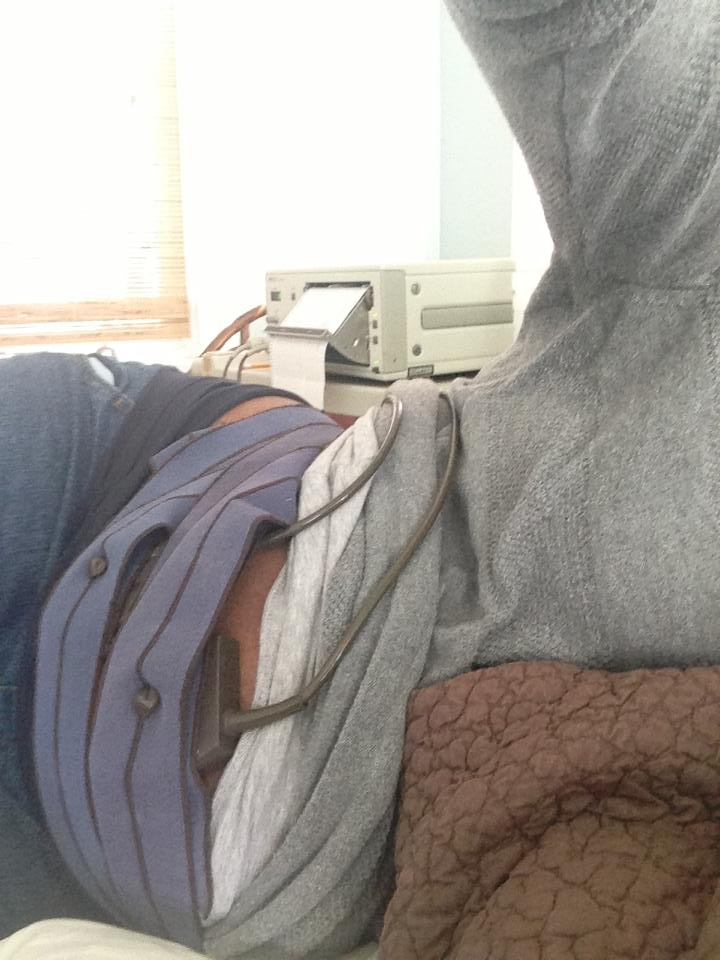
In 2016, I became a mother once again, this time experiencing Gestational Diabetes throughout my pregnancy. I routinely checked in with Maternal Fetal Medicine at a local hospital and performed finger pricks to monitor my blood glucose. I was blessed not to need any diabetes medications during pregnancy or postpartum. Despite the warnings from the MFM doctors of GD complications, I naturally birthed a healthy baby girl under midwifery care at a birthing center. Also, my blood pressure remained normal throughout this pregnancy and postpartum.
Ten months later, in 2017, I became pregnant again! (Whoever promised breastfeeding to be a viable means of birth control was mistaken—at least in my case.) Similarly to my first pregnancy, towards the end of my 3rd trimester, my blood pressure began to rise—except this time, it occurred more frequently. And unlike the first time, it was not manageable at the birthing center. My readings would be so high at my routine prenatal visits that the midwives would immediately send me to the hospital for follow-up. These hospital visits would include testing of my kidneys and liver (and possibly other things that I don’t remember). If the tests resulted in abnormal findings, it would require hospitalization and potentially an induction before I was even term. Luckily for me, none of those hospital trips resulted in admissions. However, the closer I got to the end of my pregnancy, the more my blood pressure elevated. The midwives informed me that the doctors advised an induction by 39 weeks gestation. Every visit leading up to then, I tried various “tricks from the midwife bag”—teas, oils, membrane sweeps performed by my midwife, the whole nine—in hopes of avoiding an induction, or worse! Unfortunately, I was unable to escape the inevitable. My midwife induced me with Cervidil at the hospital. I wouldn’t even make it til the morning to get it removed, as my contractions quickly picked up overnight. Because the intensity of each contraction felt unbearable, I opted for a late epidural, which was just enough to take the edge off. Soon after, I experienced a decrease in fetal heart rate, but my superhero medical team (including my husband) acted quickly to bring my baby’s heart rate back up. Not too long after, my third precious and healthy baby was vaginally born.
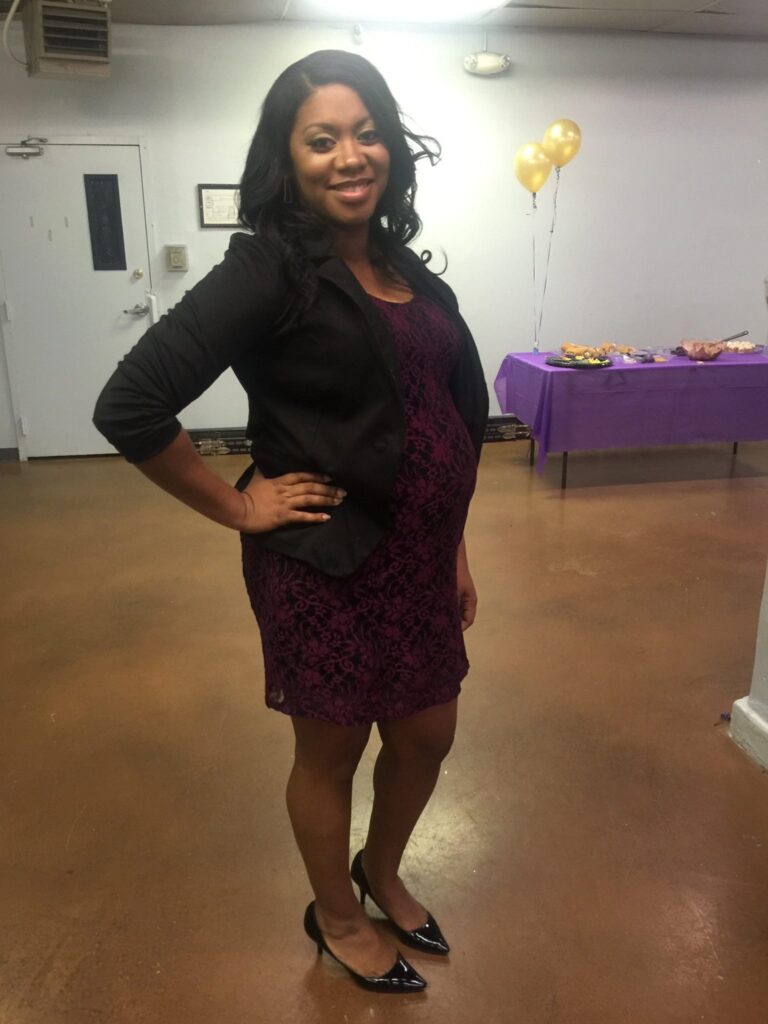
The first week postpartum was about as normal as the previous two times. I was exclusively breastfeeding, sleep-deprived, and adjusting to life as a mom of three under four. Then, one day, I just so happened to remember that the midwife and nurse at the birthing center instructed me to monitor my blood pressure at least once daily. On this particular day, I remembered that it had been a while since I checked—so I did. 170s/100s. Per the protocol, I called the midwife on call to report an abnormally high blood pressure reading. I could hear the fear in her voice as she asked me, “Wait, can you please repeat the number you said?” I repeated it. Then she urged, “You must go to the nearest hospital immediately. Where will you be going?” I told her, and I went. My mom and sister watched for my one and four-year-olds as they slept peacefully in their beds. (It was past their bedtime.) My husband got our newborn and drove me two minutes to the hospital around the corner.
After about a 20-30 minute waiting and intake process in the Emergency Room, a Triage Medical Assistant took my blood pressure—it had increased! (I wish I could recall these numbers today, but with every reading taken that night, fear and slight panic came upon everyone’s faces—except mine. I honestly did not know what was happening to me or the impact of these high, stroke-level pressures). I waited with the blood pressure cuff around my arm as the Medical Assistant sought a Physician for advice. The verdict: I had to be transferred to another hospital in the heart of the city, about 15-20 minutes away, because “we don’t have a maternity unit here,” they explained. Despite having extremely high blood pressure, the hospital felt it more appropriate for me to be in a Maternity Unit because (and although) I was one week postpartum. I was no longer pregnant.
As they prepared to transfer me via ambulance (another unknown waiting period), I chose to leave the hospital and drive myself there. There was no time to wait around. Besides, to get to the affiliated hospital they planned to take me to, we’d have to pass a highly reputable hospital for perinatal care. So, off we went. My husband raced down the highway in Center City, Philadelphia, breaking every speed limit as if I were in labor again, except this time, my precious baby was sleeping in her car seat, totally unphased by it all. I closed my eyes during the entire drive, took deep breaths, prayed, and held my head down in my lap to remain as cool, calm, and collected as possible. Still, I had no idea just how serious things were.
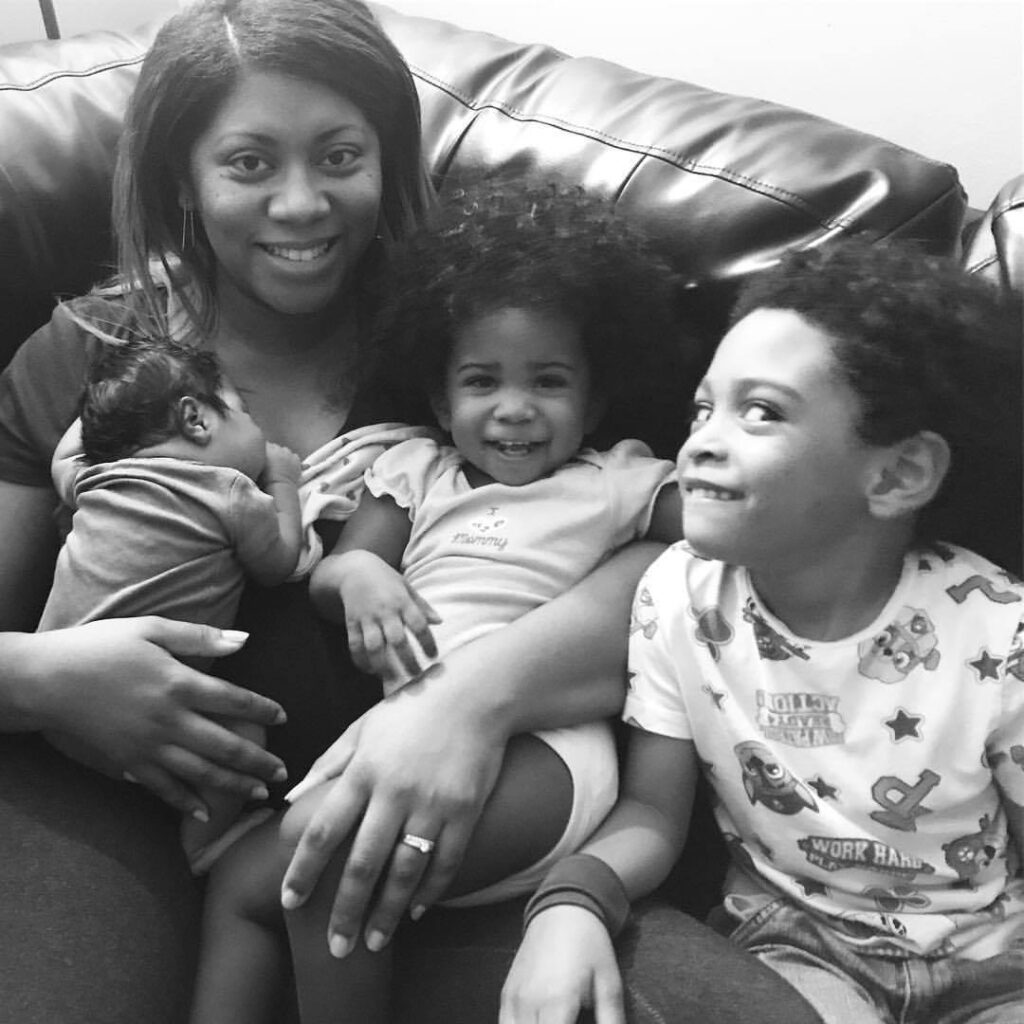
Upon arriving at this esteemed hospital, I was treated with urgency, although they were amidst a huge problem. Everyone in the city of Philadelphia was going into labor, and there were no rooms anywhere. Ultimately, they took me to the Labor and Delivery Unit, where I was immediately attended to by what seemed to be 5 to 6 people all at once. They were hooking up things to both legs while simultaneously placing IVs in both arms to run the Magnesium Sulfate—which, by the way, was THE WORSE! A doctor came in and sat at my bedside as a calming presence during the storm that was going on all around me. She kept me grounded, asking me questions to make sure I was still alert and with sensation. I would take moments to look over and down at my baby, who was still in her car seat on the floor next to my husband, who held my hand and prayed. The Mag Sulfate ran through my body, causing uncontrollable shivers and shakes. I felt so cold, as if in a blizzard without a coat on. I hated every second of it. To this day, I hope none of those shakes were seizure-related.
Once stable, they moved me to the post-op unit for moms who had belly births or Cesareans. They found a nook in a corner where they could fit a hospital bed and provide me privacy, but all I wanted was the comfort of my cozy bed in my home with my family. I tried to remain as calm as possible, but deep down, I was devastated, fearful, anxious, and lonely. My husband had to leave with the baby to return home and attend to our other two children. Then, hours later, I was greeted by a warm and familiar visitor—the student nurse I met during an initial home visit from the birth center. I immediately cried. The loneliness disappeared for a few minutes, as she promised to revisit me after her shift. All of the nurses were so amazing! While here, they got an electric pump for me and set me up for making bottles. Although this was the opposite of my exclusive breastfeeding plans, I just wanted to do something for my baby. I just wanted to feel normal.
My husband returned and helped me untangle the massive mattedness that was going on with my hair. A nurse came to set me up with other grooming supplies. I could do this skipping showers thing at home!
While in this hospital unit, I took a crash course on advocating for myself, perhaps the beginning of my work as a Doula and Maternal Health Advocate. Between all of the new and immediate things happening to me, a doctor told me I would need to start hypertension medication. I fought tooth and nail for medication that I could chew or cut—I have such a difficult time swallowing pills!—and it was worth it.
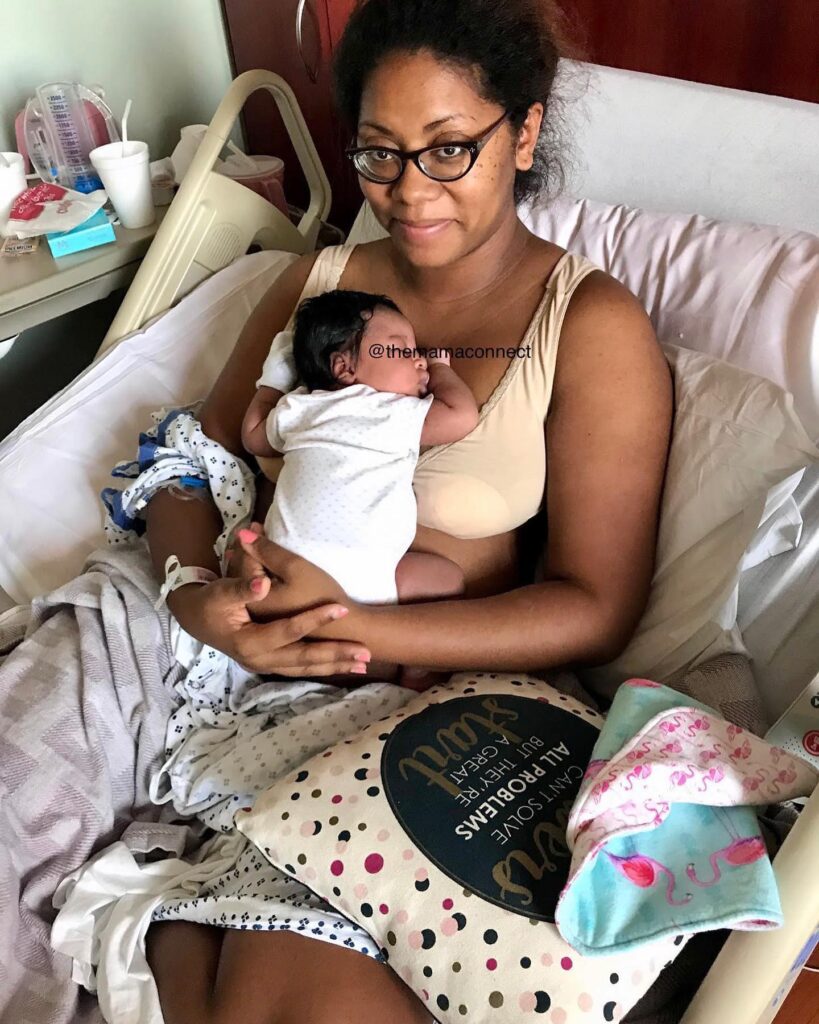
Finally, a room was available on the postpartum unit for me! I couldn’t get up there quick enough. I just wanted normalcy again—matted hair, leaky, milk-filled breasts, and all. The nurses and doctors treated me like a queen and also helped me with my baby, even though she wasn’t a patient. (Remember, this was not the hospital where I birthed my baby.) After a two-day stay, I was discharged home on blood pressure medication and a referral to a Cardiologist. Finally, I could return to everyday mom life… or so I thought.
About five hours later, my blood pressure skyrocketed once again, and once more, I was back in the ER. Within an hour, after being stabilized and having the uncontrollable shakes from the IV Mag Sulfate, I was taken to the High-Risk Maternity Unit within Labor and Delivery. There, I not only battled with high blood pressure but also with low blood pressure. My ears got fuzzy at one point, and I felt like I was fading. My husband immediately called the nurse to my room, and after a quick check, she grabbed the first bag of IV fluids she could get her hands on. Without wasting time hooking up the IV machine, she started squeezing this bag as if her life depended on it. In actuality, it was my life that depended on it. Once I was stable, I learned that the doctor would lower my BP medication dosage. I felt like I couldn’t catch a break!
Eventually, I returned to the postpartum unit and to the room I just left earlier that day! How did this happen? And what the heck is going on with my body? I’ve never had any hospitalization before this perinatal experience. I’ve always been healthy. I rarely even caught a cold! I had so many questions, but not many people were giving me concrete answers.
During my second stay at the hospital, the medical staff monitored me around the clock for blood pressure readings, medication, and for someone to get my pumped milk to store in the fridge. Being able to focus on breastfeeding/pumping and bonding with my little one was one thing that helped me get through this time with a little bit of normalcy. My husband and I also celebrated our wedding anniversary in the hospital. That day, he brought a delicious steak meal and snuck in a candle and matches for a romantic dinner! I also had a couple of visitors from my church come during my stay, which all helped me not feel lonely.
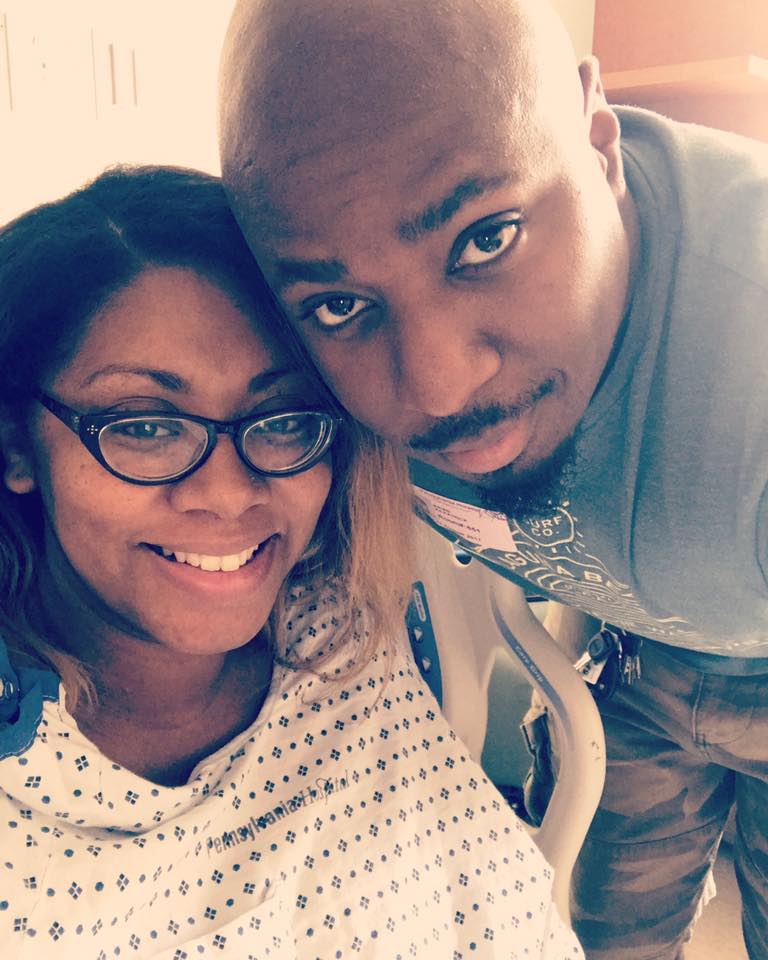
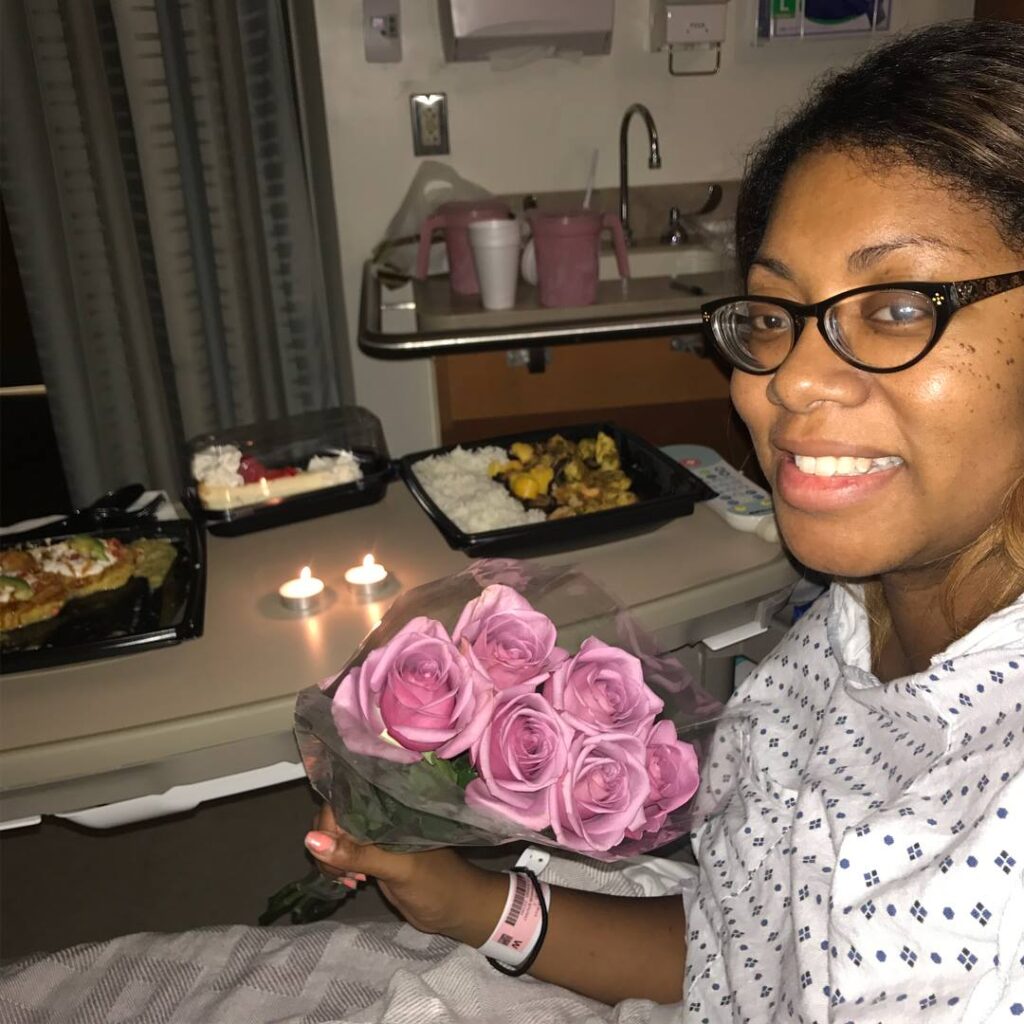
This second hospital stay lasted three days, for a total of 5 days in the hospital with these blood pressure issues. It was not until I was getting discharged this time around that I realized that no one told me my diagnosis. The doctors and nurses instructed me to take my blood pressure medication and follow up with a Cardiologist in a week. So, I read my discharge papers: Preeclampsia. I was so confused. I knew about preeclampsia, and I was not pregnant. How could I have preeclampsia?
After further research, namely Google searching, I learned about Postpartum Preeclampsia. I. Had. No. Idea. I should have mentioned in this story that I have a medical background. In college many years ago, I was in Nursing School and worked part-time at a local hospital. Also, before my first baby, I worked at a health clinic system as a Medical Case Manager, working with perinatal patients, midwives, OBs, and other medical staff. Yet, Postpartum Preeclampsia never came up.
Since then, I’ve made it my mission to educate other moms about Postpartum Preeclampsia. In the process, I quickly learned that many other moms experienced this but had no idea it was Postpartum Preeclampsia, just like me! It has driven me to not only raise awareness about this Hypertensive Disorder of Pregnancy but also to give support to moms who have experienced it.
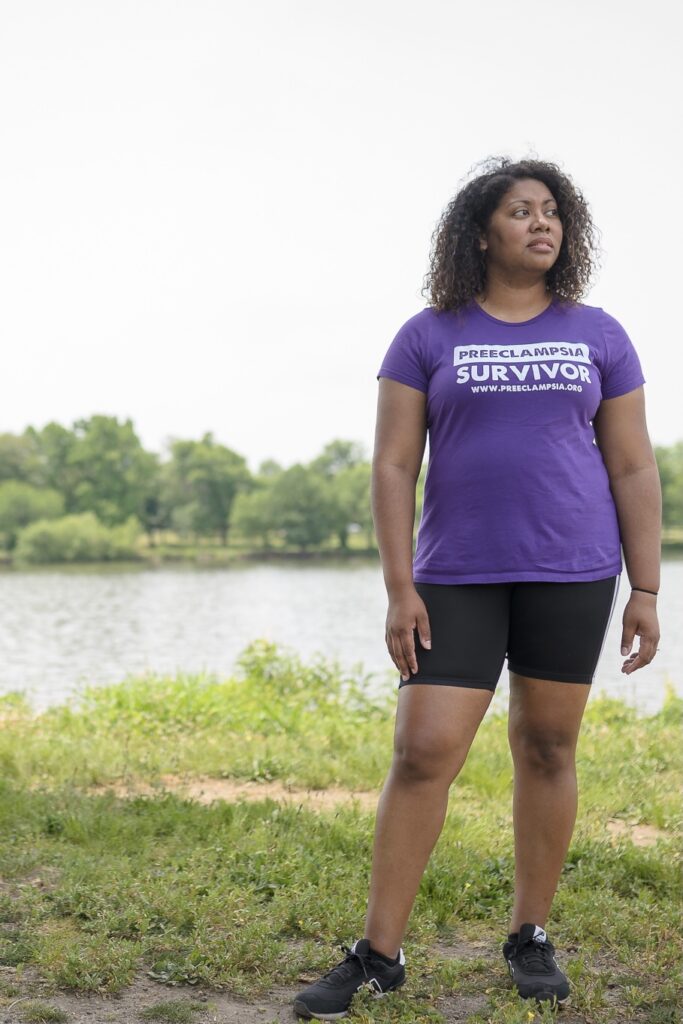
On April 21, 2021, I created and hosted an online forum to discuss Postpartum Preeclampsia with my Instagram followers and friends. It was amazing to connect with other survivors and hear their stories! Many others in attendance just wanted to learn more about Postpartum Preeclampsia because either they had no idea what it was or they suspected they, too, were survivors.
While preparing for the forum, I learned about the Preeclampsia Foundation through my research. Soon after, I began volunteering with the organization by hosting a Promise Walk for Preeclampsia in South Jersey and, virtually, raising money for research, awareness, advocacy, and support. Amidst all this, I became a birth and postpartum doula, lactation educator, and babywearing consultant, sharing my story with others through my work in the community and partnerships with organizations nationwide. Being a mom of color, an Afro-Filipina, I quickly learned of the disproportionate rates of Black and Brown moms losing their lives during and after pregnancy and birth. Many of us are unaware of the harms of preeclampsia, especially postpartum preeclampsia. Because of this, I share my story with others because something has to change and for survivors to know that they are not alone. If you or a loved one experience Postpartum Preeclampsia (or Preeclampsia, Eclampsia, or HELLP Syndrome), there is support for you, and your story is important! I hope that my testimony encourages and empowers you to share yours.

















